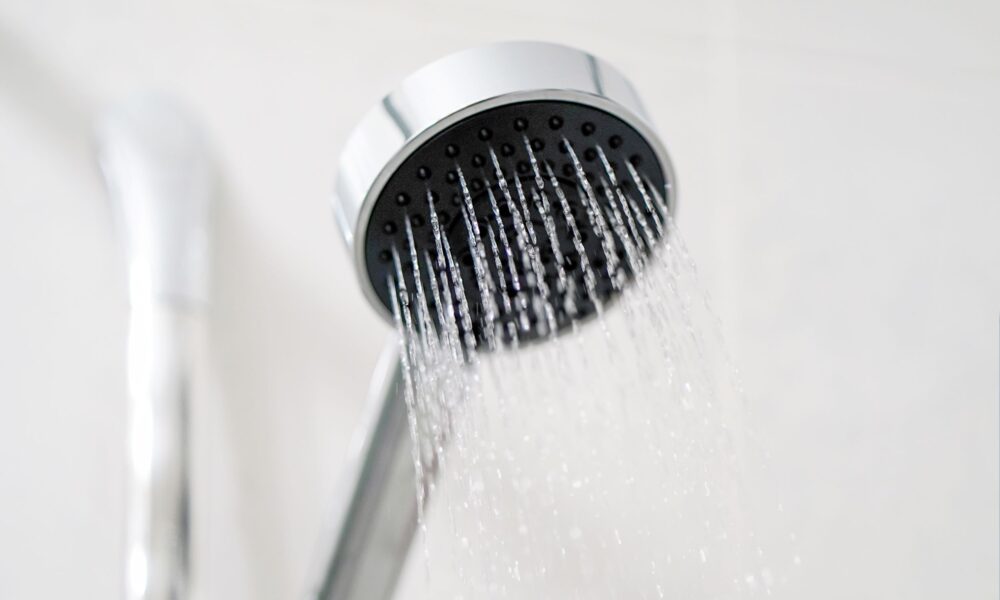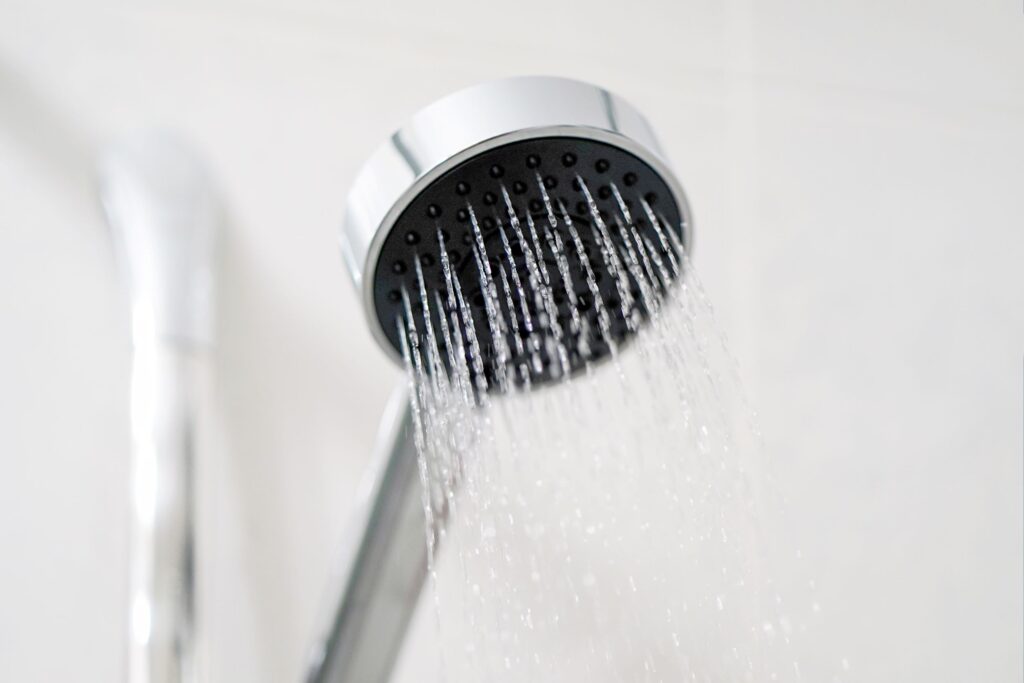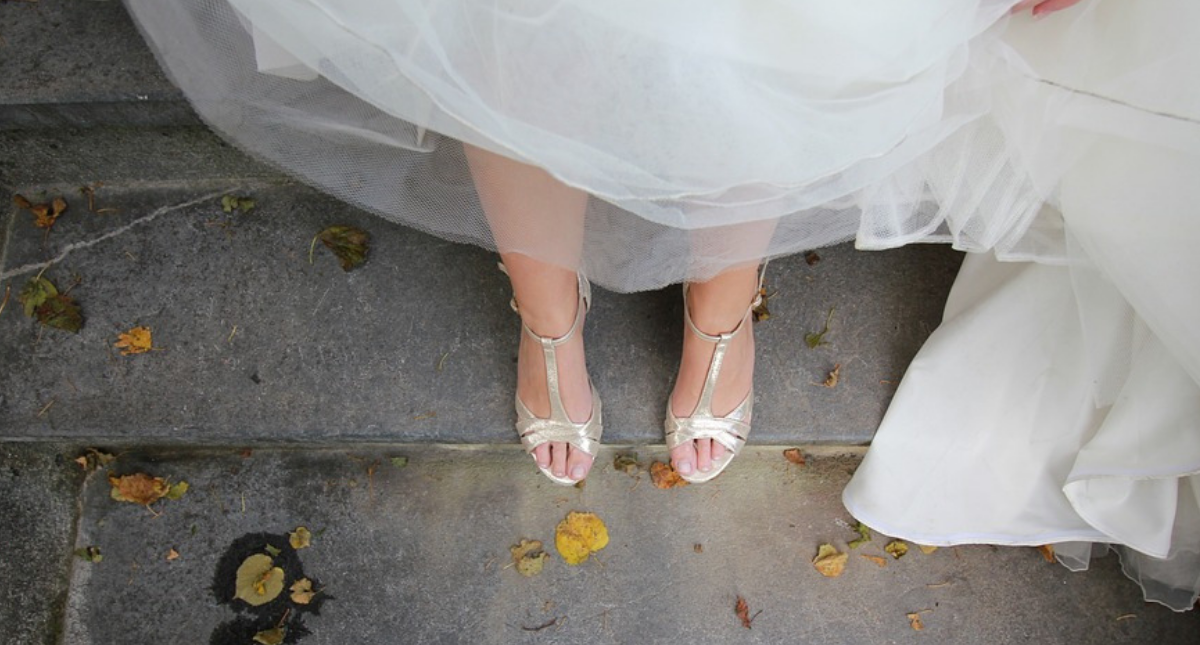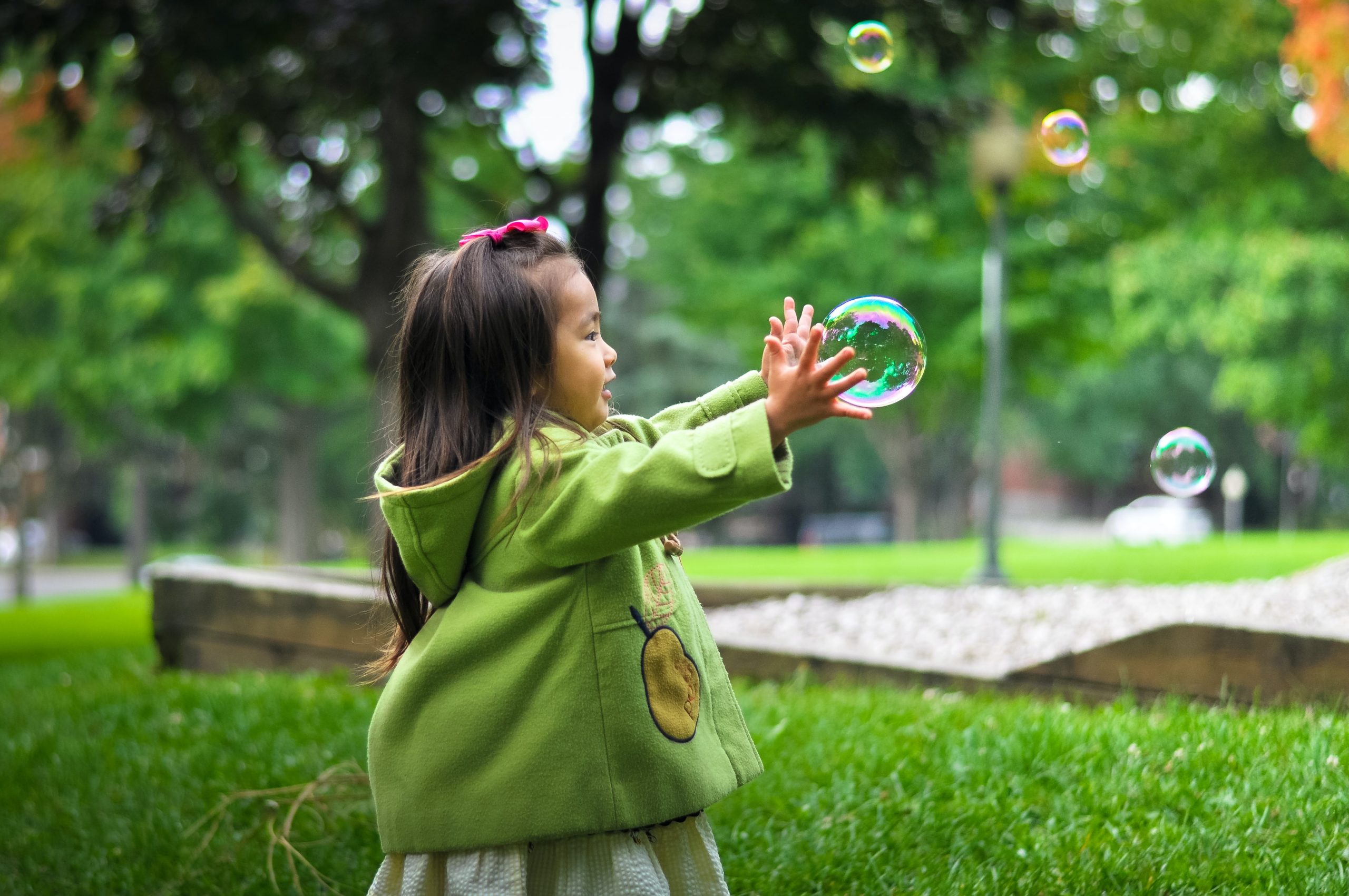

In general, most people tend to focus more on how to design an energy-efficient home. However, don’t forget that the water-based systems in your home can also impact your overall energy use and the environment.
What’s more, water is an essential commodity that’s currently in short supply, thanks to global warming causing serious droughts in numerous areas worldwide. As such, it makes sense to start planning for a water-efficient home that helps conserve water.

To help you, this article shares some expert tips on how to design and build a water-efficient dream home.
- Invest In A Rainwater Tank
If you’re planning to build a home in an area with frequent rain or generally wetter than other regions, then a rainwater tank is one of the best additions to your property. Rain falling from the sky is generally clean and free, so why not collect and use it for your home?
Adding a rainwater tank is a big step towards sustainability and the overall water efficiency of your home. Instinctively, it feels wrong to use drinking-quality water to flush your toilet while letting rain just go straight into the drains.
If you don’t have the budget, you can simply get a few rain barrels to capture rainwater from your roof which you can use for tasks such as cleaning your patio or watering the garden. However, if budget is not an issue, specialized water tanks are the best options to consider since they allow you to use collected water indoors. Rainwater tanks can store thousands of gallons, depending on your need.
You can even opt for a water tank with its own filtration system to ensure that the water collected is safe for consumption. This ensures that you have an uninterrupted water supply, especially if you live in areas with seasonal drought conditions or regular water restrictions.
- Install Gray Water Systems
In addition to a water tank, you should also consider adding a gray water system to your property. Gray water refers to used household water that doesn’t contain any serious contaminants. As such, a gray water system allows you to collect and store used water that would otherwise be drained so that it can be treated, recycled, and used for other purposes—for instance, flushing the toilet or landscape irrigation.
Due to their complexity, gray water systems are best for those planning to build their home. Also, take note that gray water systems may be quite expensive but will be quite beneficial for better water efficiency in your home.
- Consider Your Fixtures And Appliances
Aside from choosing the prettiest, cheapest, or most modern-looking fixtures and appliances, consider taking a look at their water efficiency first. Take the time to take a look at each fixture’s and appliance’s operating and lifetime costs
That said, low-flow faucets and shower heads are the best places to start. These fixtures help reduce daily water consumption in some of the most high-waste areas of your home. In addition, dual-flush and low-flow toilets can significantly cut down wastewater to help you save more money in the long run.
The same goes for choosing your appliances. Water-efficient washing machines and dishwashers not only provide major convenience but also feature innovative functions that can improve water savings.
- Re-Think Your Landscape
While you may focus more on serving water inside your home, one of the biggest water wasters actually lies right outside your doors—your landscaping.
As you build and design your outdoors, careful plan selection is critical to reducing water usage. In particular, xeriscaping is growing in popularity for newly built homes since it helps cut down your water use for irrigation.
In general, xeriscaping means using native plants that thrive in your specific climate. Local species are suitable since they can get most of the irrigation they need from your area’s typical rainfall. As such, you don’t have to irrigate as often as needed and your plants can still flourish.
In addition, you can also use a smart landscape irrigation controller that helps minimize wasted water. This technology leverage local weather data, soil moisture levels, and other important data to decide when to water your garden, creating an efficient irrigation system.
Takeaway
And there you have it! Building a water-efficient home has never been more critical than today. As much as you make sure that your home is energy-efficient, don’t forget to add smart home designs like the ones mentioned above to help you minimize and conserve water use.
While some of these suggestions may significantly cost you upfront, these investments will pay for themselves in the long run, allowing you to save gallons of water annually while doing your part for the good of Mother Earth.




















